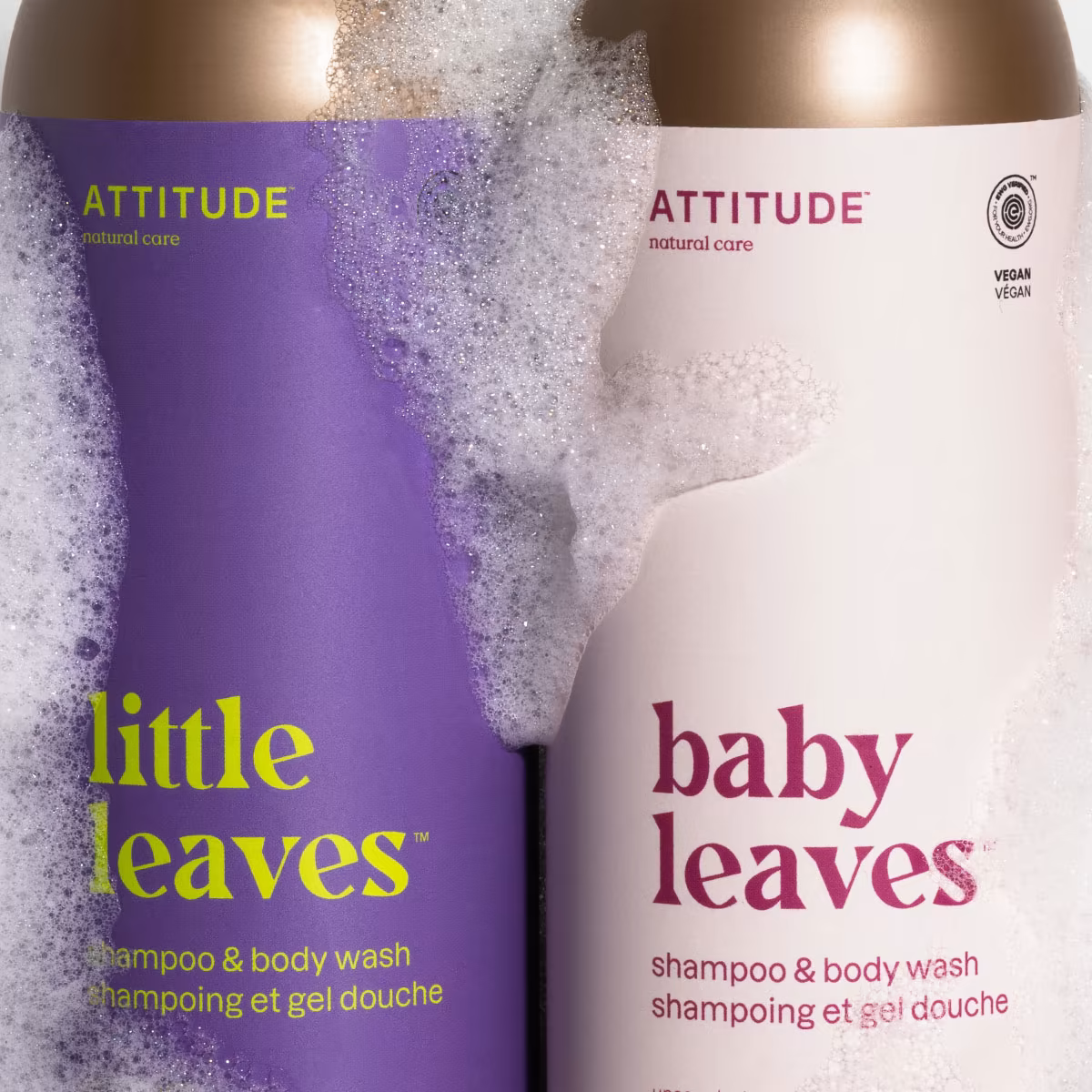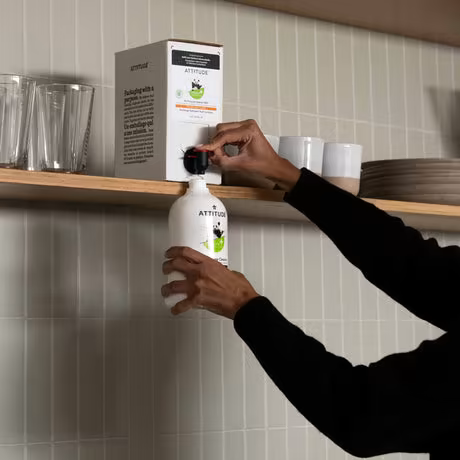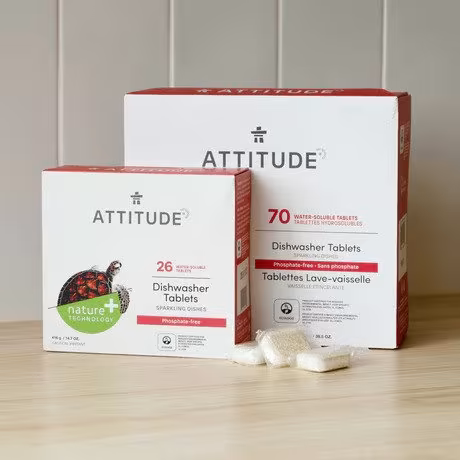
Summertime is right around the corner! 虽然每年的这个时候都是和家人一起在户外度过美好时光的时候, enjoying sunny days by the pool 和 playing in the backyard, one thing remains important: suncare protection. 这个夏天,用你最好的盟友来保护你的家人免受阳光的伤害:天然有效的防晒霜.
But with so many different types of sunscreens available on the market, how do you choose the best 和 most effective one for you 和 your family?
你可能有很多朋友和亲戚对高防晒系数(SPF)的防晒霜深信不疑——SPF指的是防晒霜为普通消费者提供的防晒效果——声称这是保护家人免受太阳有害射线伤害的最安全方法. 事实上, people typically buy a sunscreen based solely on its SPF. But the truth is that both the type of sunscreen 和 the SPF you choose can have a tremendous impact on your skin 和 your health.
While in theory a high SPF sunscreen (containing SPF index of 50+) 应该 provide ultimate protection against sun damage, reality states otherwise. 与普遍的看法相反,高SPF防晒霜背后的安全声明往往令人失望.
根据 国家癌症研究所, 自20世纪70年代以来,美国成年人中新发黑色素瘤的发病率增加了两倍, despite the increase in sunscreen usage. 除了, 最近的一些案例显示,由于某些防晒霜中的化学物质,幼儿遭受了严重的二度烧伤,这表明为你的家人选择一种天然有效的防晒霜是多么重要.
So are higher SPF sunscreens really the best option for you 和 your family? 答案是否定的. There’s more to sunscreen than just its SPF value. Below are three reasons why a high SPF isn’t quite what it’s hyped up to be.
1. A higher SPF doesn’t necessarily mean better protection
近年来, 许多防晒霜制造商都在销售防晒指数为70甚至100的产品, deceiving consumers into thinking they are getting higher sun protection.
Unfortunately, high SPFs can be highly misleading. Because people assume they’re better protected with high SPFs, 他们倾向于花更多的时间在阳光下,不经常重新涂抹防晒霜,这增加了晒伤的风险, melanoma 和 other types of skin damage. This is why some countries in Europe have capped SPFs at 50, 和 even 30.
事实是,SPF值超过50的防晒霜含有更高剂量的化学过滤器." 除了, an SPF 60 sunscreen is 不 twice as effective as an SPF 30 sunblock, 和 that protection rate doesn’t increase proportionally with the SPF.
根据 EWG的年度防晒霜报告, when used correctly, an SPF 30 sunscreen will block 96.7% of UVB rays, while an SPF 70 will block 98.5% of rays, representing an additional 1.8% increase in protection for over double the SPF value.

2. 高SPF值可以防止uvb. 但是uva呢?
当你暴露在阳光下时,有两种紫外线辐射会影响你的皮肤:UVA和UVB. While they affect your skin in different ways, UVB rays are the main cause of sunburns, 而UVA射线则会到达更深的皮肤层,导致皮肤过早衰老和其他类型的阳光损伤. Both of them increase your risk of skin cancer.

A sunscreen’s SPF (sun protection factor) measures protection from UVB rays, 但与它保护皮肤免受穿透性极强的长波紫外线的能力几乎没有关系, primarily responsible for premature skin aging 和 melanoma.
事实上,大多数美国人.S. 防晒霜不能提供足够的UVA射线防护,高防晒系数的产品更是如此. 实现高SPF值, sunscreen manufacturers must add UVB filters, which increase SPF but result in a poor balance between UVA 和 UVB protection.
目前, 美国没有标签系统告诉消费者防晒霜能保护多少UVA. 欧洲防晒指南, 另一方面, 要求产品的UVA防护强度至少是UVB防护强度的三分之一.
So what is the best 和 most effective way to protect your skin from UVA rays?

3. The impact of high SPF ingredients on your health
防晒霜中的有效成分分为两类:化学成分和物理成分(或矿物成分)。. Both use a different mechanism for protecting the skin. 化学防晒霜通过对皮肤产生化学反应来吸收紫外线,从而保护皮肤免受有害射线的伤害. Physical (or mineral) sunscreens, 另一方面, form a topical physical barrier to block 和 deflect the sun's rays.
化学过滤器
许多防晒霜含有有问题的成分,可能对你的健康和幸福有潜在的不利影响. 高防晒系数的产品比低防晒系数的产品使用更高浓度的防晒物质. 当被太阳激活时, 这些化学过滤器会在皮肤表面产生化学反应来吸收紫外线.
Identifying potentially harmful ingredients
1)氧苯酮:
Found in nearly 65% of the non-mineral sunscreens according to EWG的防晒霜数据库,氧苯酮很容易渗透皮肤,模仿和破坏荷尔蒙的功能. Research indicates that it can even disrupt the hormonal system of newborns. 使用氧苯酮来保护皮肤免受伤害似乎违反直觉,而它可能对健康产生长期不利影响.
危险分数: 8(高)
2)桂皮酸盐:
Known to have a high skin absorption rate, this common sunscreen ingredient has hormone-mimicking effects on the body. It can interfere with cellular signaling 和 cause biochemical changes. 在动物实验中,对桂皮酸盐的研究表明它对生殖激素有直接影响.
危险分数: 6(中度)
3) Homosalate:
Found in nearly 45% of US sunscreens, 这种常见的化学紫外线过滤器是一种香料成分和防晒剂,含有可引起过敏反应的污染物. It is also known to disrupt estrogen, 和rogen 和 progesterone levels. 此外,阳光将这种化学物质分解成有害的副产品,可以穿透皮肤.
危险评分:4(中等)
4) Octisalate:
这是一种中毒性到低毒的化学物质,可渗透皮肤并引起皮肤过敏.
危险分数: 4(中度)
5)二苯甲酮-2 (BP-2):
A fragrance ingredient 和 chemical UV absorber, Benzophenone-2 can cause skin reactions, 包括粉刺, 燃烧, 水泡, 干燥, 瘙痒, 皮疹, 发红, 刺, 肿胀, 皮肤紧致.
危险分数: 4(中度)
6) Octocrylene:
八烯可以干扰细胞信号传导并引起生化变化. It also has relatively high skin allergy rates.
危险分数: 3(中度)
7)长效防止:
防晒产品中的另一种成分阿伏苯宗是一种潜在的皮肤过敏原. 因为这种成分在阳光下会分解,所以它的皮肤过敏率相对较高.
危险分数: 2(低)
物理(矿物)过滤器
物理或矿物防晒霜使用两种主要的矿物成分:氧化锌(自然存在于我们身体的细胞中)和/或二氧化钛, which form a physical barrier on the skin to reflect, 散射, 和 absorb both UVA 和 UVB rays.
物理(矿物)过滤器 can be of two types: nano or non-nano. Nano means that the particles are extremely small 和 can penetrate the skin. 然而, 关于局部使用纳米颗粒对我们健康影响的科学数据仍然很少, 防晒霜也是如此. 二氧化钛总是由可以进入血液的纳米颗粒组成. Titanium dioxide is considered safe when used in a lotion or cream, but can pose a health threat when used in a spray.
事实上, 国际癌症研究机构(IARC)发现,二氧化钛以气溶胶形式(喷雾)会对健康构成威胁。, as it can be inhaled 和 enter the bloodstream through the lungs. EWG的专家表示,最安全的选择是使用非纳米氧化锌矿物防晒霜."
Other ingredients of concern found in chemical filters
1) Vitamin A (retinyl palmitate):
Although vitamin A is an antioxidant known to slow skin aging, a study by U.S. government scientists suggests that retinyl palmitate, 维生素a的一种形式, 当局部应用于暴露在阳光下的皮肤时,可能会加速皮肤肿瘤和病变的发展. The EWG cautions consumers against excessive vitamin A intake, 并指出,防晒霜行业在近12%的海滩和运动防晒霜中添加了维生素A, 15 percent of moisturizers with SPF, 和 5 percent of all SPF-rated lip products in EWG’s 2018 sunscreen database.
危险分数: 9(高)
2) 苯甲酸脂类 和/or Methylisothiazolinone (MIT):
苯甲酸脂类,通常被一种同样令人不安的成分取代,比如甲基异噻唑啉酮(MIT), 众所周知的防晒霜防腐剂会引起皮肤反应或过敏反应吗, 和 have shown evidence of neurotoxicity. MIT可以单独使用,也可以与相关的化学防腐剂甲基氯异噻唑啉酮(MCI)混合使用。, also a skin sensitizer 和 allergen.
危险分数: 7(高)
3)聚乙二醇(PEG):
Usually seen on labels as PEG 和 followed by a number (e.g. PEG-6),这种化合物被可能的人类致癌物污染,如1.4-二氧六环和环氧乙烷.
危险分数: 3(中度)
*根据EWG
就向右转地! 跟随我们的安全防晒霜指南,了解关于防晒霜的所有知识!

本文来源:
- http://www.ewg.org/sunscreen/report/skin-cancer-on-the-rise/#.WsJLVHrwYdU
- http://www.ewg.org/sunscreen/report/whats-wrong-with-high-spf/#.Ww9QUy8ZNPU
- http://www.ewg.org/sunscreen/report/imperfect-protection/#.Wsvqhnrwbcs
- http://www.ewg.org/sunscreen/report/the-trouble-with-sunscreen-chemicals/#.WwbiyUgvzIU
- http://ipfs.io/ipfs/QmXoypizjW3WknFiJnKLwHCnL72vedxjQkDDP1mXWo6uco/wiki/Homosalate.html
- http://www.ewg.org/sunscreen/report/the-problem-with-vitamin-a/#.WsFhMXrwbcs
- http://www.ewg.org/sunscreen/report/the-trouble-with-sunscreen-chemicals/#.WsACaHrwbcs
- http://www.ewg.org/skindeep/ingredient/726229/ETHYLENE_OXIDE/#.WwbHyFMvxTZ






